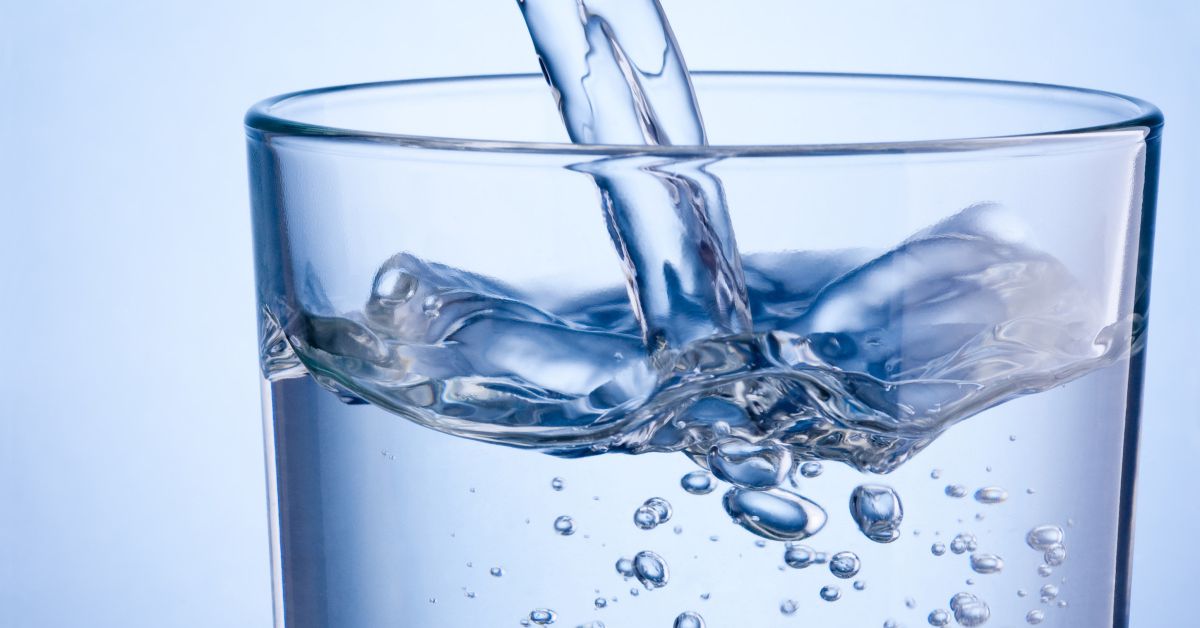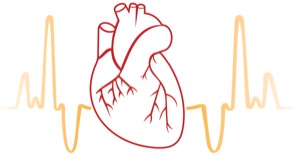The recently released
MAP 65 Trial has certainly raised some questions in the critical care community this year, namely whether we just pulled a "MAP of 65 mmHg" out of our collective a$$es and have been targeting that number for years for no other reason than trying to normalize numbers for the sake of normalizing numbers.
The trial was multicenter and randomized 2600 patients aged 65 and older with vasodilatory shock to a MAP of 60-65 or to usual standard of care aka a MAP at the discretion of the clinician. Bottom line results: 90 day mortality difference was non-significant (41% in permissive group vs 43.8% in standard of care), as was serious adverse events including acute renal failure and arrhythmia. The biggest weakness of the trial is that the intervention group still spent a lot of time with a MAP above 70, however the standard of care group spent a lot of time with a MAP above 80, so at least the differential was preserved.
Both
PulmCCM and
PulmCrit have excellent analyses of the trial.
From PulmCCM:
" Targeting a lower mean arterial pressure does not
necessarily deprive tissues of perfusion and may actually improve flow if critical closing pressures fall below mean arterial pressure. The trouble is that each organ has its own conductance curve and the slope of
each organ’s curve adapts differently to an equally dynamic physiological milieu within and between patients. A patient with a 90% left main stenosis has a very low, and fixed, cardiac conductance; therefore, vasodilation of other tissue beds poses an existential risk. Whereas an 18-year old with pneumococcal bacteremia and anaphylaxis from amoxicillin will have high total body tissue conductance, a low mean arterial pressure and, potentially, preserved organ perfusion. To the credit of the 65 Trial, enrolling those at least 65 years of age is anticipated to concentrate the former, rather than the latter patient, yet mortality was lower in the permissive hypotension group [
absolute risk difference, −2.85%; 95% CI, −6.75 to 1.05; P = .15] and these patients received fewer vasoactive medications. "
Personally, based on the classic teaching of the shift in autoregulatory curves, I've always been of the opinion that it's better to run geriatric pts at a MAP of ~80, especially if they have history of HTN, CAD, CVA, CKD etc. Same goes for older folks on CPB and I've always thought the general rule of "MAP = Age" while on pump is a sound idea. We've known for awhile that this logic
may be dubious because as PulmCCM points out, perfusion at the local tissue bed is what really matters, but I've always seen running a slightly higher MAP at the very least as not causing any harm.
Does everyone else out there also run older pts at a slightly higher blood pressure? Does the fact that a slightly lower MAP didn't worsen mortality in critically ill geriatric pts (let alone relatively healthy and/or optimized geriatric pts coming for elective surgery) change your thinking? Or are the results of this trial not generalizable at all due to the fact that volatile anesthetics disrupt autoregulation curves?





